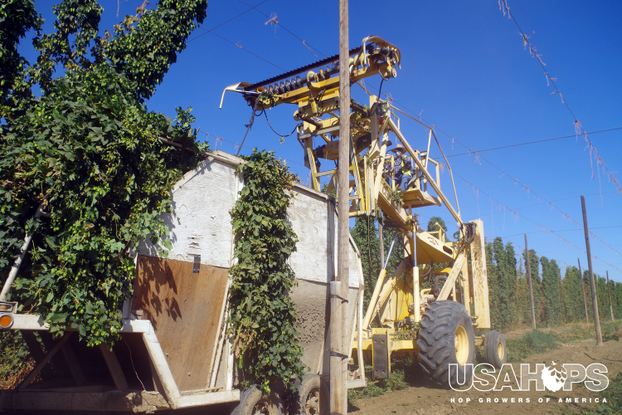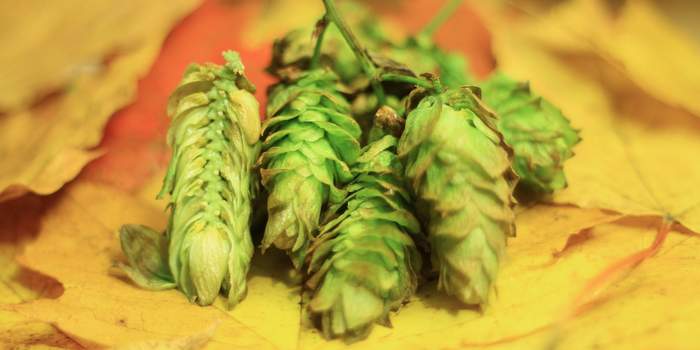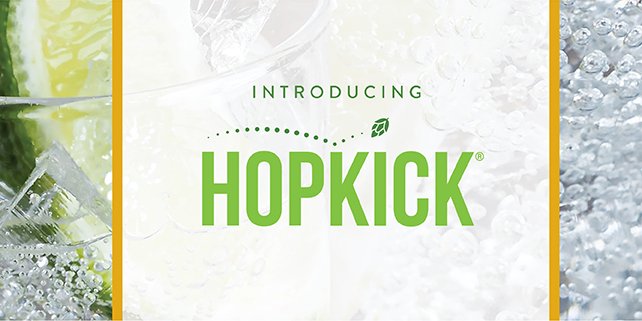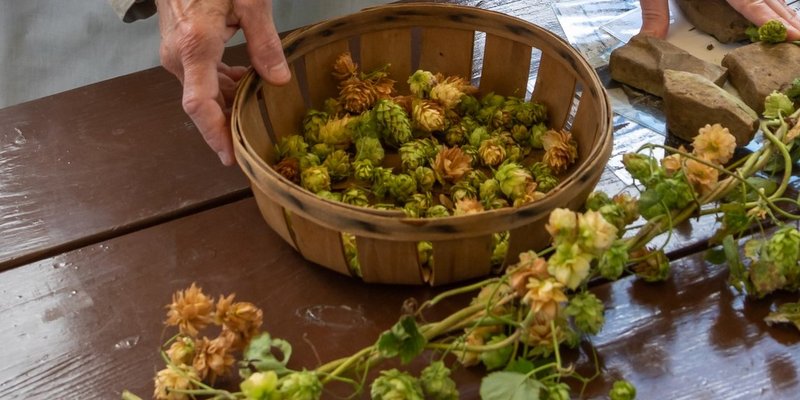As craft continues to demand more aroma hops, acreage and production alike increased yet again this year, while average yields per acre continue to decline largely due to new acreage and lower yielding varieties growing in share. Still, the 2016 hop harvest saw an increase of 8.3 million more pounds, 87.1 million total, of U.S. hops set for brew kettles around the globe.
According to the USDA National Agriculture Statistics Service (NASS) report released December 16, production increased 11 percent in 2016, rising in all three major producing states of Idaho, Oregon and Washington.
Earlier this year, the USDA estimated a 16 percent increase (91.8 million total rather than 8.3), yet that was calculating only a 3 pound drop in pounds per acre on production despite an estimate of the new acreage being approximately 70 percent lower yielding popular aromas. Ultimately, 2016 saw a 94 pound drop in production on pounds per acre.
RELATED: Just how much has demand shifted to aroma hops?
“While some varieties — most notably bittering hop CTZ — didn’t fare as well due to mildew and climatic pressure, brewers are putting in orders for hops that have exciting aromas, but simply do not yield as much per acre,” said Blake Crosby, vice president of Hop Growers of America and president of Crosby Hop Farm, LLC. “As an industry we are happy to plant these, but more acres are required to deliver the same amount, pound for pound.”
Washington growers produced 75 percent of the United States hop crop for 2016. Cascade, Simcoe, Zeus, Centennial, Citra and Mosaic were the six leading varieties in Washington, accounting for about 58 percent of the state’s hop crop.
In Oregon, Nugget, Cascade and Willamette were the major varieties, accounting for 49 percent of the state’s hop production. In Idaho, Zeus, Cascade and Mosaic were the major varieties, accounting for 42 percent of the state’s hop production.
The 2016 value of production of the United States hop crop totaled $498 million, up 44 percent from the record 2015 value of $345 million. The increased value can be attributed to the higher hop acreage and production, and the continued trend to shift hop production from alpha varieties to aroma varieties that are higher in value. This shift occurred in all three states and resulted in a higher average price per pound in Idaho, Oregon and Washington
So, will this meet demand? (or exceed it?)
As for meeting the growing demand for breweries, USA Hops is optimistic that the majority of the acreage increase is going to high-demand aromas and that the USDA NASS stock reports continue to rise (meaning hops carried over from the previous harvest). Thanks to a long shelf life, hops harvested in 2015 are still great options for brewers.
“As the changing landscape of the hop and brewing industries adjust together, both are working simultaneously to ensure they are communicating effectively through contracts,” said Ann George, executive director of Hop Growers of America. “Our growers are working hard to meet what can feel like an insatiable demand.”
“Time will tell when we get later in the year if enough was contracted and planted,” said Crosby. “The line between under and oversupply is a fine one, and it’s not good for anyone — growers and brewers — if it is crossed. People can tend to forget this is an agricultural product that only comes once a year, and a specialty one at that, which requires much planning and preparation. Overall, as an industry we feel good about 2016, but we’ve already moved on and are working on 2017.
Hop contracts are as important as ever. Here are some tips for going about that the right way.






Leave a Reply
You must be logged in to post a comment.